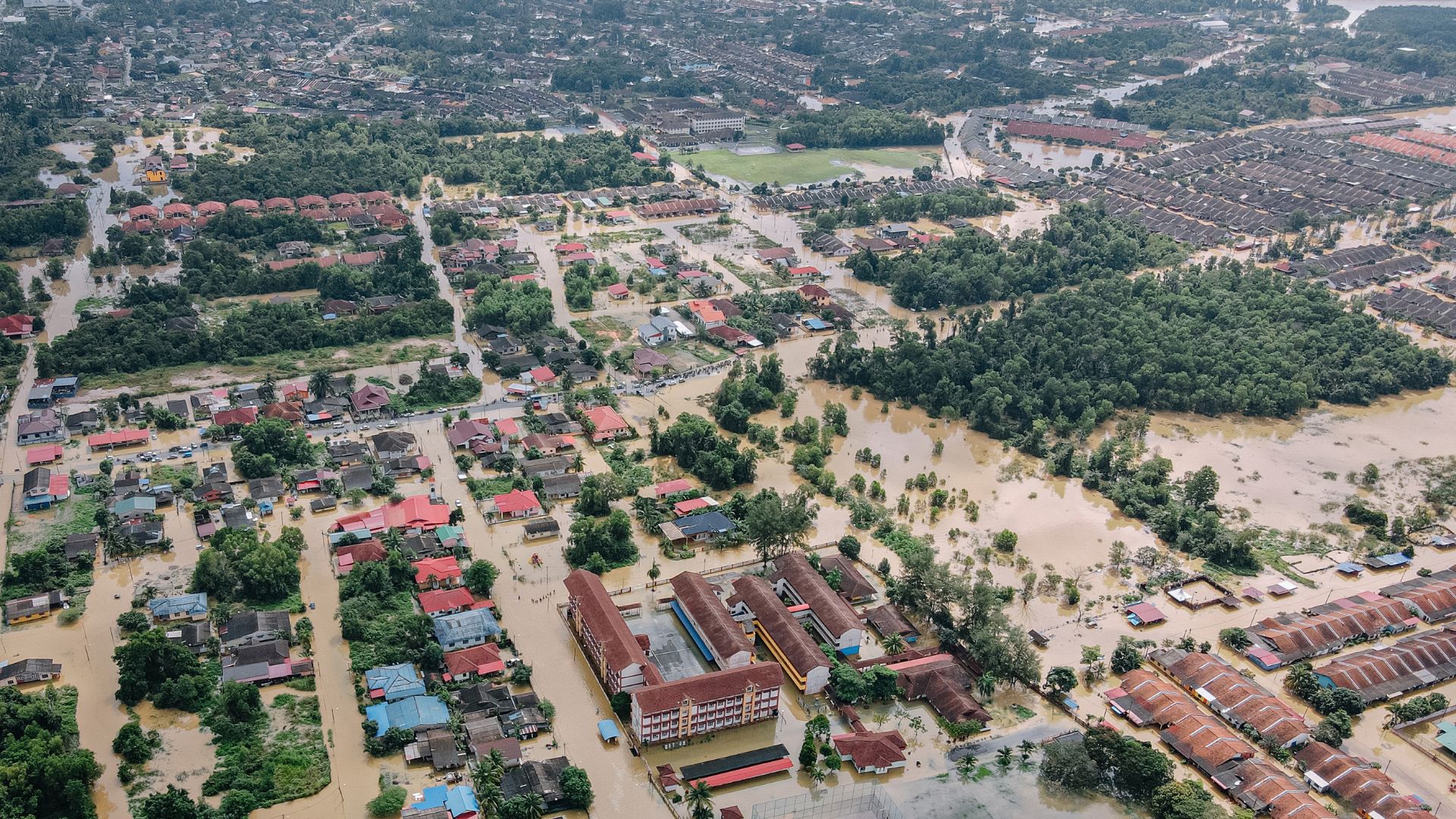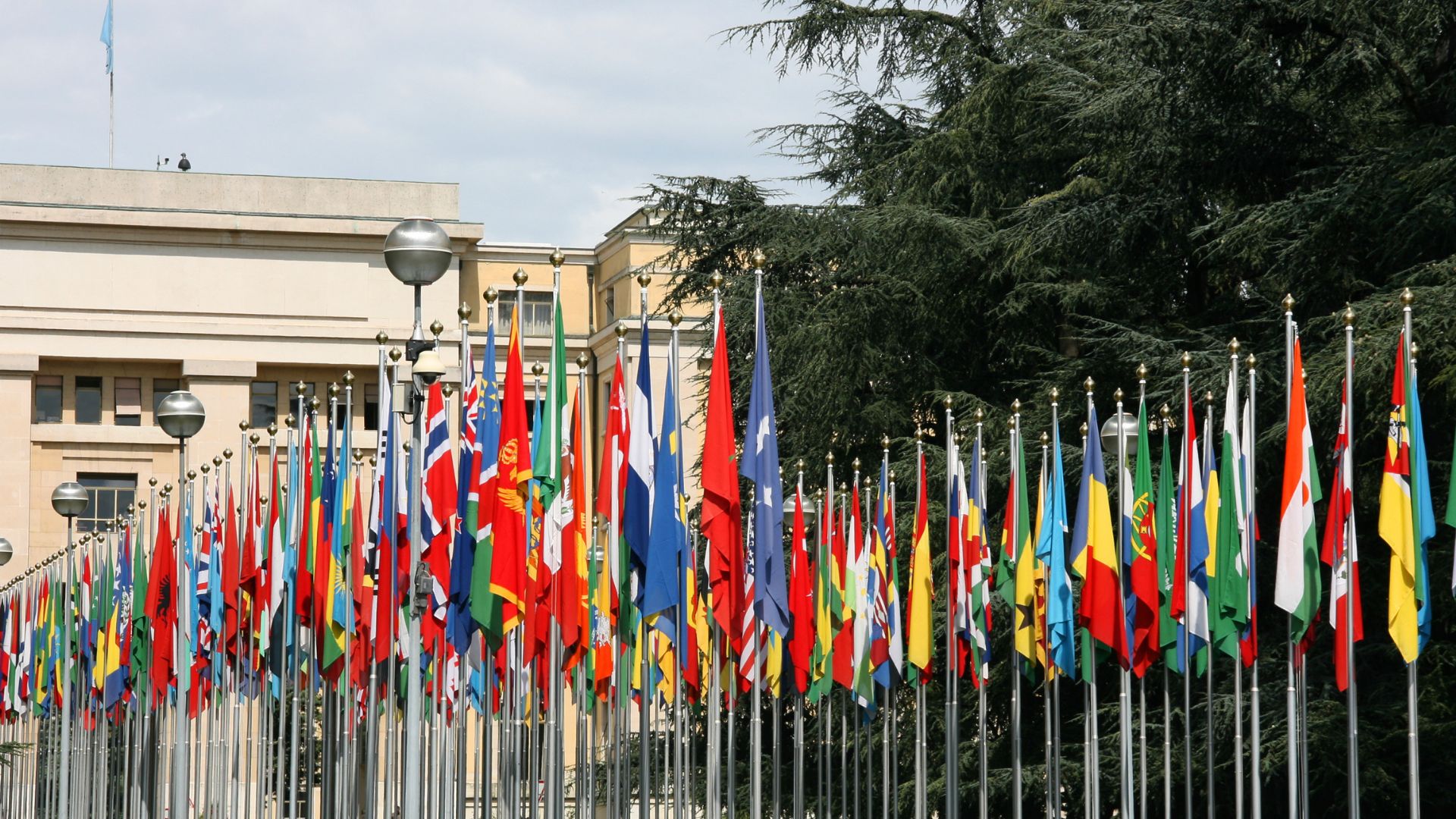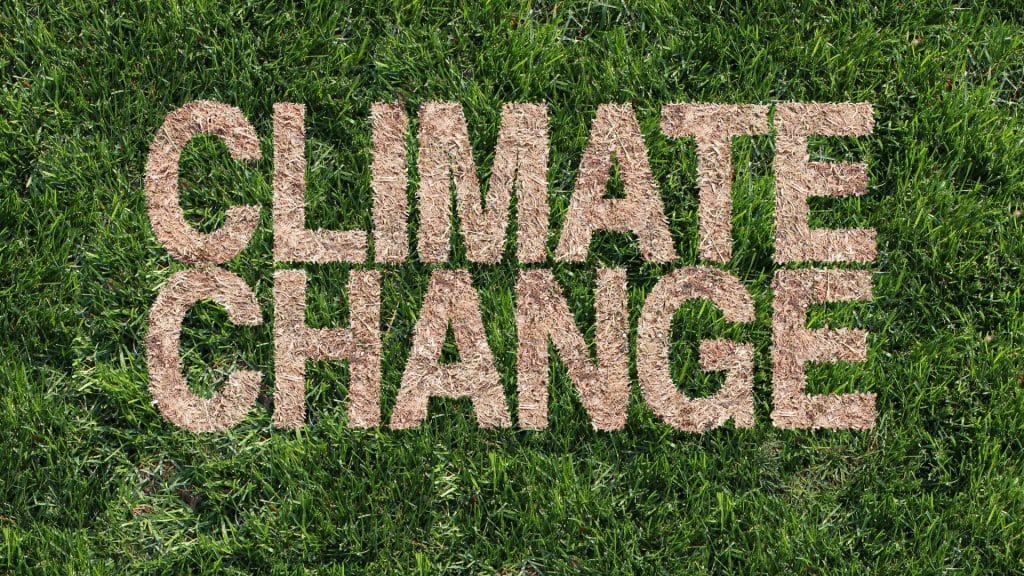What if rising sea levels could start wars between nations?
Climate change security has become one of the most pressing issues of our time.
As temperatures rise and weather patterns shift, countries face new threats that go beyond environmental concerns.
These changes affect food supplies, water sources, and living conditions for millions of people worldwide. Nations must now prepare for conflicts over resources, mass migration, and political instability.
Security strategists are increasingly warning that climate change exacerbates fragile global conditions.
In this blog, I’ll show you exactly how climate change poses security risks and what countries are doing to mitigate them.
How Is Climate Change a Security Threat?
Rising climate pressures intensify existing tensions, worsening fragile security situations across nations. When natural disasters strike, they weaken governments and create widespread chaos.
Rising temperatures and shifting weather patterns put enormous stress on societies worldwide. The lack of essentials, combined with harsh weather, drives unrest and heightens political instability.
Key ways climate change threatens security:
- Weakens the government’s ability to provide basic services.
- Creates competition for limited natural resources.
- Increases poverty and social inequality.
- Disrupts economic activities and trade routes.
- Forces people to leave their homes and communities.
Military experts now study climate data carefully to predict where the next major conflicts might occur and prepare accordingly.
Effects of Climate Change on Geopolitical Stability

Climate change reshapes global power relationships and creates new sources of tension between nations worldwide.
Arctic Region Competition
Melting ice in the Arctic opens new shipping routes and reveals valuable natural resources. Countries like Russia, Canada, and the United States compete for control over these areas.
This competition creates diplomatic tensions and military buildups in the region. Nations invest heavily in Arctic military capabilities to protect their claims.
Island Nation Survival
Small island countries are at risk of complete disappearance due to rising sea levels. These nations lose their territory, sovereignty, and ability to exist as independent states.
International law struggles to address what happens when entire countries become uninhabitable. This situation creates new legal and political challenges for the global community.
Water Resource Conflicts
Rivers and lakes that cross borders become sources of international disputes. Countries upstream control water flow, affecting nations downstream that depend on these resources.
These water conflicts can escalate into serious diplomatic crises or military confrontations. Historical examples demonstrate how water disputes have already contributed to regional tensions.
Food Security Tensions
Unstable climate patterns damage harvests while destabilizing international food systems and supply routes. Countries that rely heavily on food imports become vulnerable to price fluctuations and shortages.
Food insecurity can lead to social unrest and destabilize governments. Nations may impose export restrictions, which can create further international tensions and trade disputes.
Climate Refugee Recognition
Mass displacement from climate change challenges existing international refugee laws. Current legal frameworks do not adequately address the needs of people fleeing environmental disasters.
Unclear refugee protections spark disputes over responsibility, with nations divided on their obligations and unwilling to agree on support for climate migrants.
What Role Does Resource Scarcity Play in Conflicts?
Resource scarcity from climate change creates competition that can escalate into violence and armed conflicts. When communities lack access to basic necessities like water and food, tensions escalate rapidly.
Historical data show that resource conflicts often begin as local disputes between communities. Farmers and herders compete for grazing land and water sources during droughts and dry seasons.
These local conflicts can spread beyond their original boundaries and involve larger groups of people. Ethnic and religious differences make resource conflicts more complex and harder to resolve peacefully.
Environmental disruption deepens scarcity, cutting the overall supply of vital resources worldwide. Competition becomes more intense when there are fewer resources to share among growing populations.
|
Did You Know? United Nations research indicates that 40% of civil wars over the past 60 years have included natural resource disputes as major contributing factors to the conflicts. These disputes often began over water, oil, minerals, or fertile land between different communities. |
National Security Measures for Climate Risks
Governments worldwide develop new strategies to address climate-related security threats. Military planners now include climate projections in their long-term security assessments and preparation efforts.
| Security Measure | Description |
|---|---|
| Climate Risk Assessments | Evaluating vulnerabilities of military bases and facilities |
| Renewable Energy Investment | Reducing dependence on fossil fuels for energy security |
| Disaster Response Capabilities | Strengthening emergency response and coordination systems |
| Climate-Resilient Infrastructure | Building structures that withstand extreme weather events |
| Security Force Training | Preparing military and police for climate emergencies |
Countries invest in early warning systems to predict climate disasters and their potential security impacts. These systems help governments prepare responses and prevent minor problems from escalating into major crises.
Can Countries Unite for Climate Security?

Global coordination on climate security struggles against political divides and competing interests. Countries have different priorities and varying levels of vulnerability to the impacts of climate change.
Wealthy nations often prioritize protecting their own interests over assisting vulnerable countries. This approach creates resentment and reduces the willingness to cooperate globally.
Some countries use climate change as a tool to gain political advantages. They offer climate aid with conditions or use environmental concerns to justify actions.
However, successful cooperation examples exist where countries work together effectively. Regional organizations provide frameworks for sharing resources and coordinating responses to climate threats.
Key Things You Should Know: Climate security cooperation is most effective when countries share common interests and face similar climate change challenges.
How Does Climate Change Drive Migration Risks?
Climate disruptions displace millions annually, uprooting families through rising seas, disasters, drought, and worsening storms that erase stable living conditions.
- Internal Displacement: People move within their own country to escape environmental problems and seek better living conditions.
- Cross-Border Movement: Families cross international borders when their home countries are unable to provide safety or basic necessities.
- Urban Concentration: Rural populations migrate to cities, overwhelming urban infrastructure and resulting in overcrowded conditions.
- Seasonal Migration: People temporarily relocate during specific seasons to adapt to changing weather patterns and capitalize on economic opportunities.
- Permanent Relocation: Some communities are forced to abandon their traditional lands permanently due to irreversible environmental changes.
Wrapping It Up
In summary, climate change poses serious threats to global stability that require immediate attention from world leaders.
Rising temperatures create conflicts over water, food, and land while forcing millions to flee their homes. Countries struggle to balance national interests with the needs of international cooperation.
Military forces now plan for climate-related security challenges in addition to traditional threats. Early warning systems and resilient infrastructure help nations prepare for and mitigate the impact of environmental disasters.
Regional partnerships demonstrate promise for sharing resources and coordinating effective responses.
The international community must act quickly before climate impacts overwhelm existing security frameworks.
What climate security measures do you think would be most effective for protecting vulnerable communities worldwide?





































